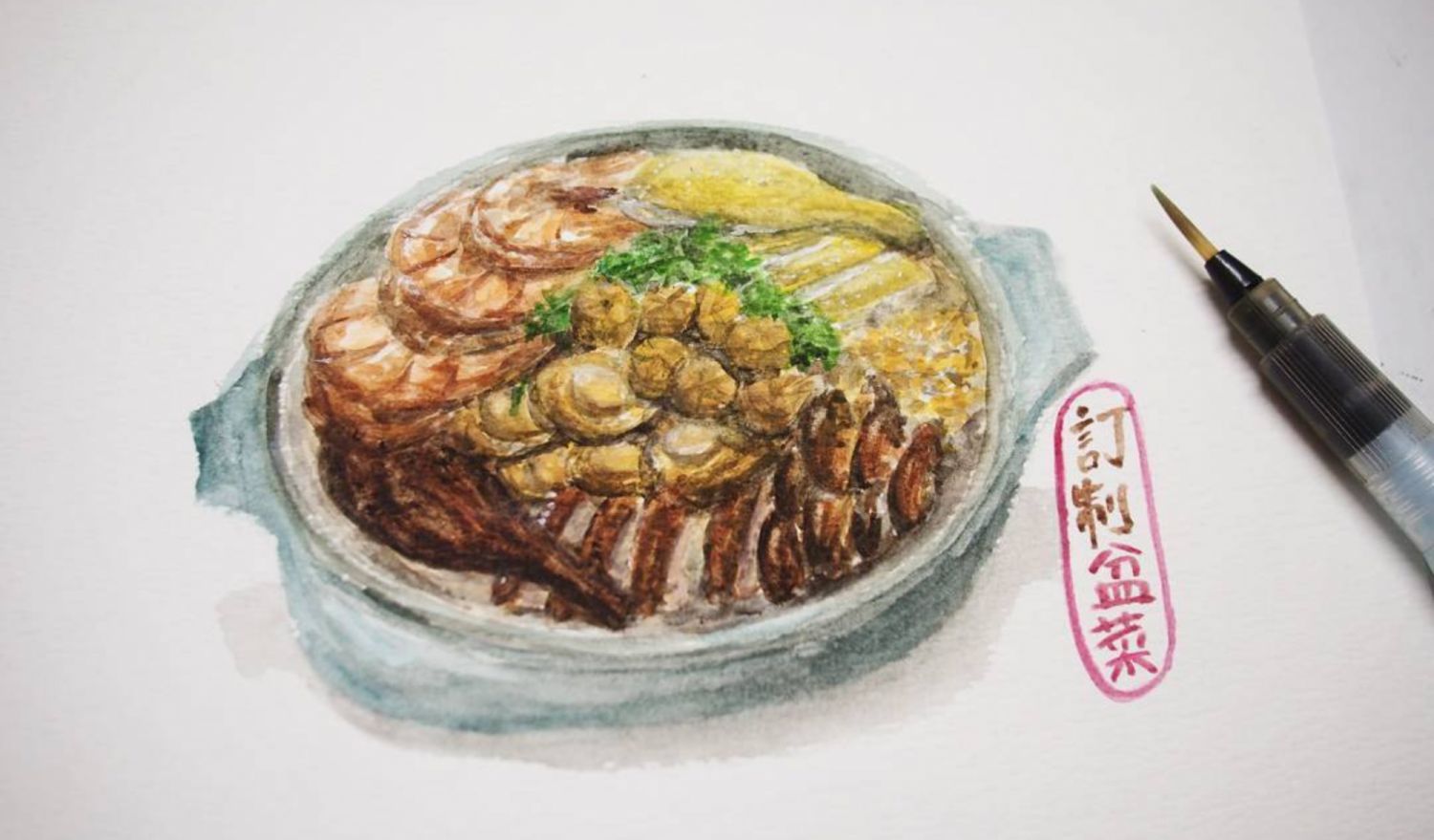Masters of illustrations bring out the charm in our everyday food stories
By focusing on the vibrant relationship Malaysians have with food, these illustrators capture the sensorial and specific joys of eating and drinking. These drawings document the everyday moments and places where we nourish ourselves, in a way that’s simple yet deeply affecting.
To get a closer look into the minds of these illustrators, we talked to Jack Yin, better known as Jacktus; Yiqing Gan, who has worked for brands such as Amazin’ Graze; and Edmund Low, who is at the helm of local letterpress and print studio, def.Good.
See also: Elevate the plate: 7 local garnish brands you need to know
Tell us a little bit about your work
Jack Yin (JY): My work revolves around the things I enjoy that comes with being Malaysian - from our beloved durians, food, cendol, and Tiger balm, to our kopitiam and beautiful shophouses. There's just so much in our culture we can draw inspiration from.
Yiqing Gan (YG): I’m an independent illustrator that elevates brands’ experiences with playful flair and heartfelt stories. I usually focus on merchandising, advertising, and editorial. I like to include inanimate child-like characters and uplifting affirmation in my artwork to remind everyone to not forget their inner child, which allows them to express what is truly joyful in life.
Edmund Low (EL): I am an interior architect turned branding designer, illustrator and letterpress printer.
What makes working with food different from other subjects?
JY: Technically, I find food to be more challenging to paint because of the subtle colour changes and more dynamic shading. You really have to capture the details to make your food illustration appealing and realistic.
YG: Food is my love language, especially how growing up in Malaysia really spoiled me with an abundance of choices. Food is such a fun subject to me, it allows me to go crazy with texture and it allows me to add inanimate or miniature characters to enhance the storytelling. To be frank, food is not an easy subject to illustrate at times. When it's too abstract, it can be difficult to understand. However, with careful observation and interesting interpretation, an illustrated food may even be more appetising than a photographed food! My main tip for food illustration is to go express your creativity that photography can’t do.
EL: To me good food is something that touches the heart and it is unique to each person who prepares it. It is not just visually mesmerising but also awakens your whole sense of taste, smells, texture and sound.












